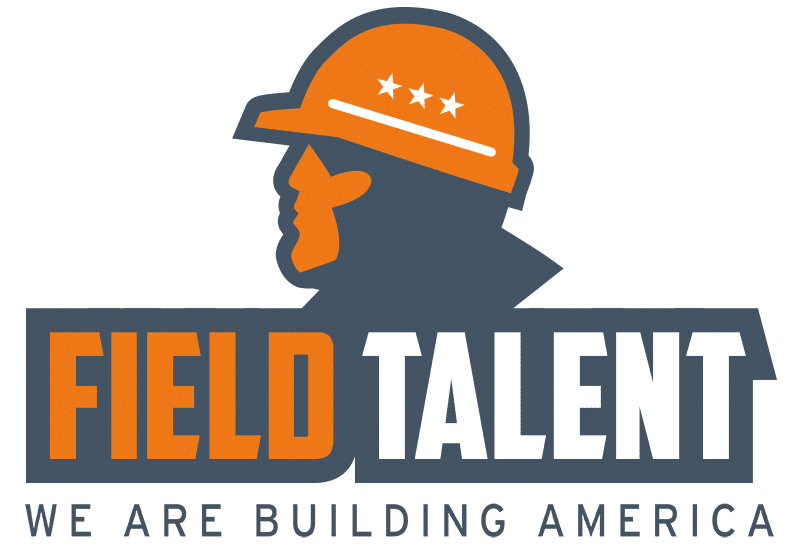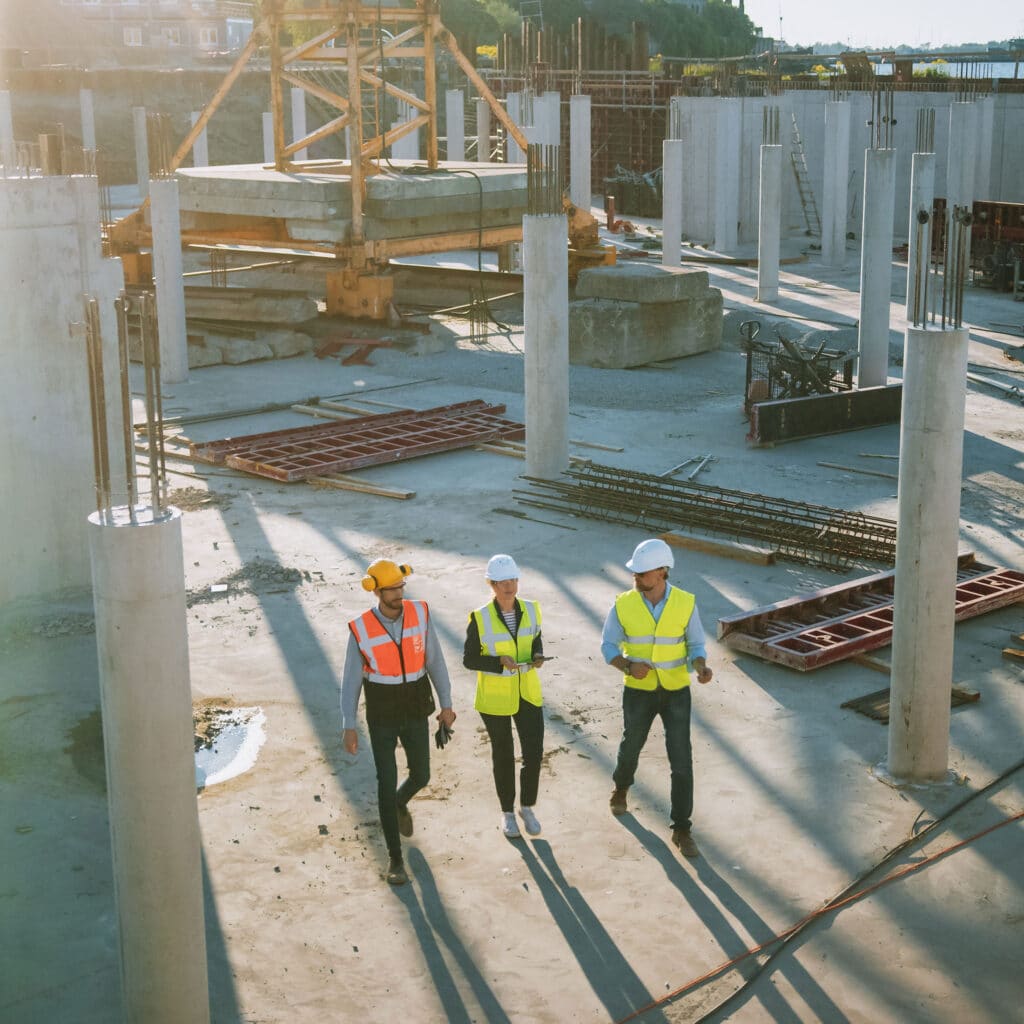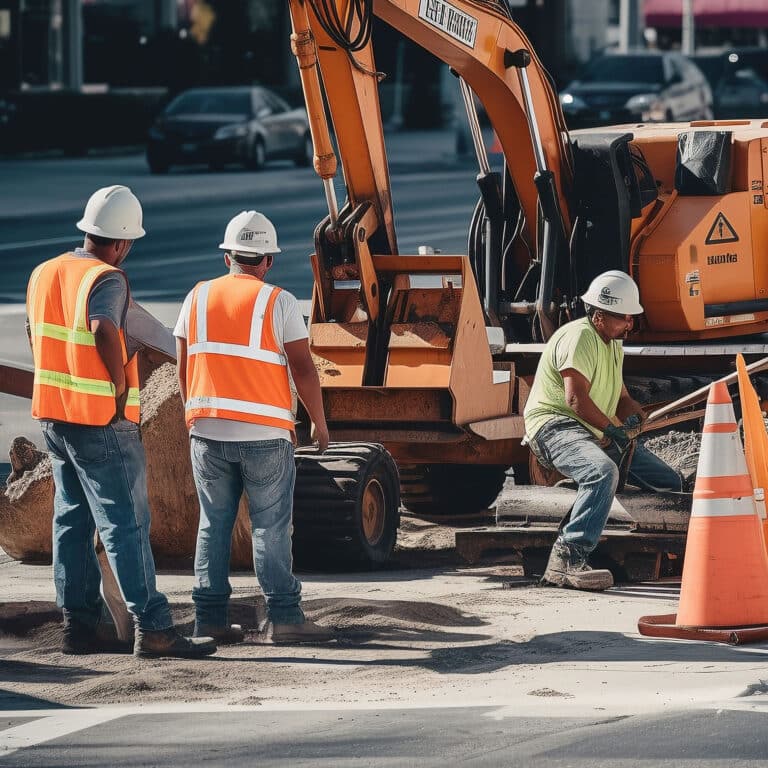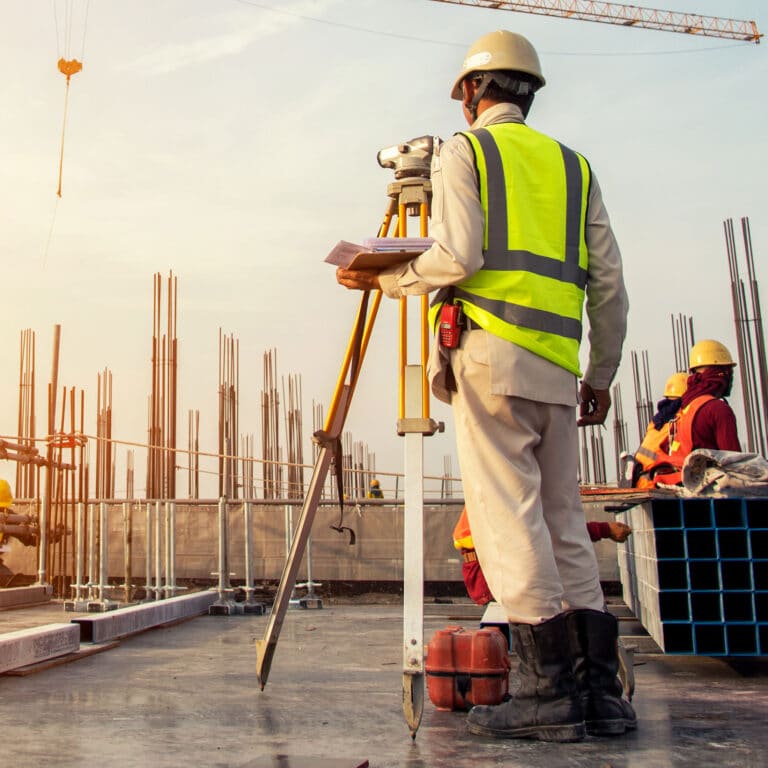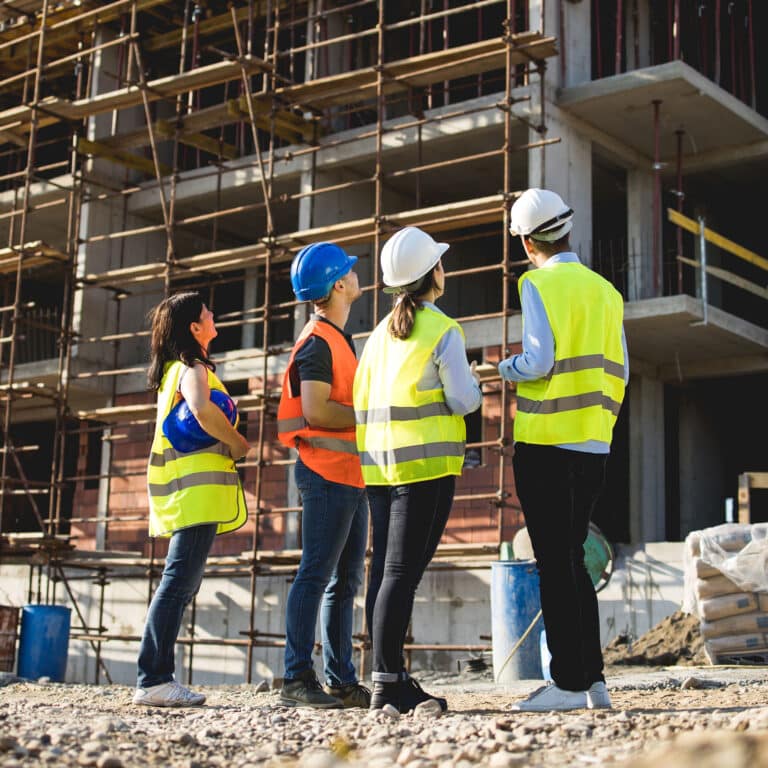Food and beverage safety starts with the design and construction of the facility where the food and beverages are produced and packaged. As a result, the design and engineering phases impact the facility’s operations.
Food and beverage facility operations must be the top priority during the visioning phase. Then, the equipment can be properly set and production lines naturally flow.
Implement these best practices to design and construct food and beverage facilities.
Involve Government Regulators Early in the Design Process
Gain inspector buy-in early in the food and beverage facility’s design process. Getting approval from the start resolves issues as they occur. Not having to fix problems later saves time and money on the construction project.
Recognize the Hazards of Raw Food and Beverage Materials
Hazard Analysis and Critical Control Points (HACCP), the food and beverage industry’s food safety control program, impacts the design and construction of food and beverage facilities. This program affects how the product, process, and critical control points are designed and ensures the interventions respond appropriately. The ability to verify and demonstrate these safeguards shows an understanding of the hazards of producing and packaging raw food and beverage materials.
Zoning
Zoning segregates the workforce and visitors from the food and beverage facility’s hygienic areas. Employees and visitors must badge into the zones they are allowed in based on their purpose. This process prevents workers and visitors from entering and contaminating the hygienic areas.
Walkable ceilings
A food and beverage facility’s materials and mechanisms can create product hazards. As a result, many project teams design and construct food and beverage facilities with walkable ceilings to prevent contamination.
A walkable ceiling has 4- or 6-inch panels above the process floor. The utilities and other fixtures are above the ceiling so maintenance can be performed without contaminating the food and beverage equipment or products.
Minimize the Risk of Food and Beverage Contamination
Food and beverage processing carries risks of contamination. As a result, early planning of food and beverage facilities is vital to minimize the risks of E. coli and other contaminants.
Planning for and optimizing food and beverage safety practices in facility design starts with identifying potential hazards within the facility’s design. Therefore, a food and beverage safety expert should work with the engineers to design the flow of the facility. This collaboration should include planning the interventions and the measurements of the system to ensure food and beverage safety throughout every step of production and packaging.
Plan for Operational Efficiencies in the Food and Beverage Facility
Include one-piece material flow when designing and constructing a food and beverage facility. Not having to backtrack the material supports operational efficiencies and food safety.
For instance, placing mixing tanks high up and having workers stand on a platform to access them causes food safety and inefficiency concerns. The platform must be regularly cleaned to ensure the mixing tanks do not become contaminated. Also, the food materials must be moved by forklift to be accessible to the workers.
Conversely, placing mixing tanks into pits so they are at waist level lets workers stand on the floor to access them. Eliminating the platform and the need for cleaning and forklifts increases food safety and efficiency in the mixing process.
Do You Need to Hire Construction Workers?
Work with Field Talent to hire the construction workers you need to complete projects. Reach out to learn more today.
